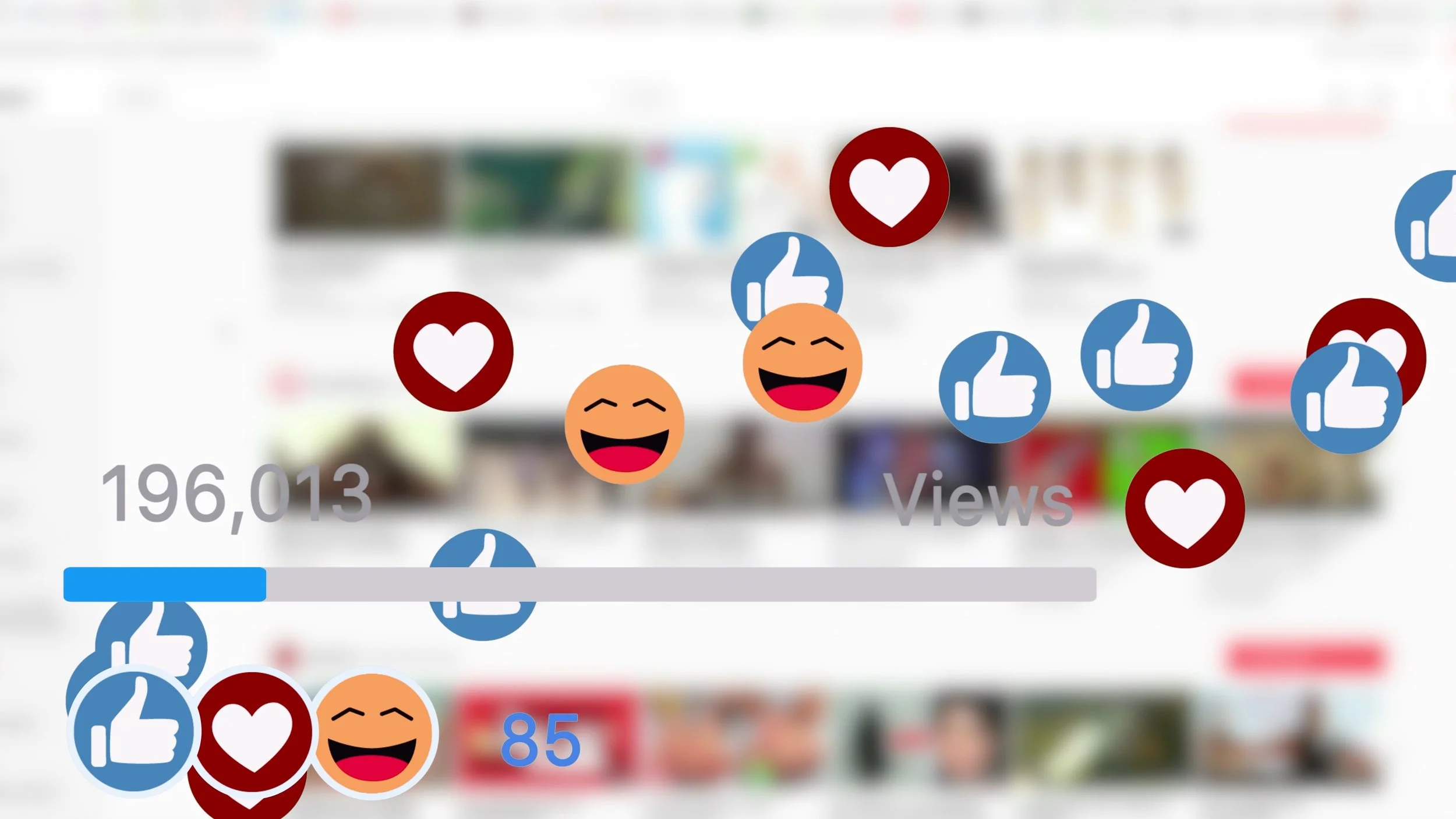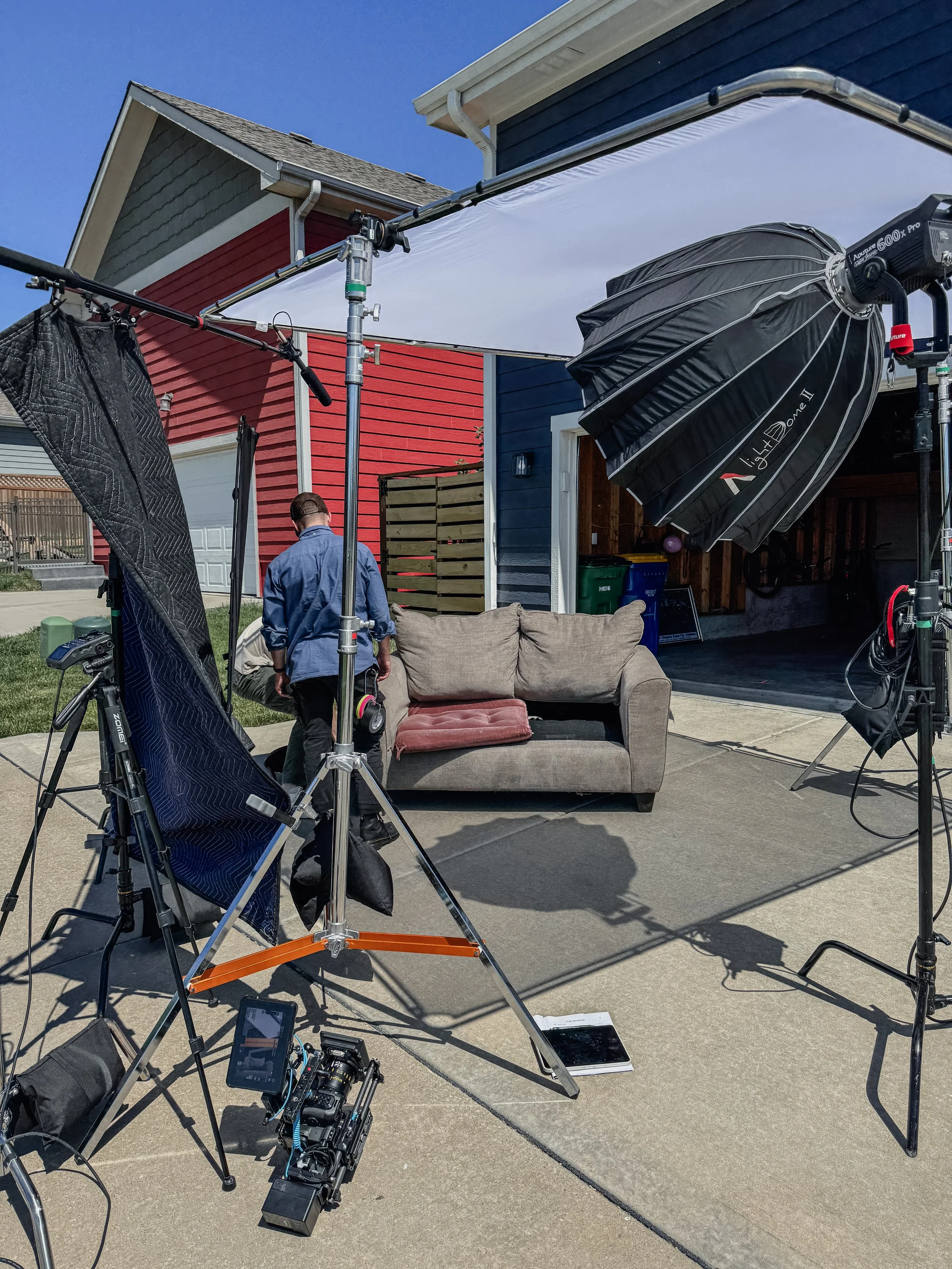My Business is Posting on Social Media, but Engagement is not Growing. Any Ideas?
If your social media content isn’t getting the results you expected—whether that’s views, clicks, or conversions—it might not be the platform’s fault. The issue could be your audience targeting, your messaging, or even the type of content you’re putting out.
As someone who works with businesses and nonprofits to help them tell their stories through video, I’ve seen how small strategy adjustments can have a big impact on how a brand is received. When you take the time to align your content and platform with your audience, it’s easier to get noticed, build trust, and stand out.
In this post, we’ll look at three core areas to evaluate:
Are your targeting parameters set up correctly?
Is your content strategy strong enough to keep attention?
Are you using the right platforms to reach your audience?
These aren't just technical checkboxes—they’re foundational steps in creating a brand presence that actually connects.
Adjust Audience Parameters
First, take a closer look at your audience targeting settings. If you’re running ads on platforms like Meta (Facebook and Instagram), you likely set up certain traits when creating your campaigns—age ranges, interests, job titles, etc. But when was the last time you reviewed them?
Start by looking at the original parameters you set. Then compare them with current data about who’s actually interacting with your content. If there’s a gap, update your targeting and test the new settings.
According to Harvard Business School, there are three key categories to focus on when identifying your target audience:
1. Demographic Data
Ask yourself:
What’s the age range of your audience?
Which gender interacts with your brand more?
What kinds of jobs or industries do they work in?
What lifestyles or interests do they have?
2. Consumer Behavior
Review:
Past customer purchases and patterns
Website traffic and user behavior
3. Consumer Motivations
Ask:
“What are they searching for?”
“What problem are they trying to solve?”
Getting your targeting right takes time, patience, and ongoing refinement. Plan to evaluate your data and adjust your settings every 2–3 months to keep your reach aligned with viewer behavior.
Identify Content Weaknesses
If changing your targeting doesn’t make a difference, the next step is to evaluate the content itself. Sometimes, it’s not who you’re targeting—it’s what they’re seeing.
Start by reviewing your content from your audience’s perspective. Ask:
“Is it engaging in the first three seconds?”
“Is the message clear?”
“Am I posting consistently?”
“Does this content speak to my audience’s interests?”
“Am I using a mix of videos, graphics, and written posts?”
Look for these common content weaknesses:
Graphic Design Issues
Cluttered layouts
Inconsistent visuals or branding
Low-quality or off-brand imagery
Video Quality
Blurry visuals or poor lighting
Weak editing or pacing
Confusing or unclear messaging
Copy and Messaging
Too much or too little text
Unclear calls to action
Grammar mistakes or overly complex language
Once you identify the weak spots, make the necessary adjustments. Marketing evolves—and it should. As people grow and change, what captures their attention changes too. Don’t be afraid to adapt.
Platform Selection & Brand Presence
Lastly, review the platforms you’re using. Not every platform is designed for every audience.
Each social media platform has its own unique user base. For example:
LinkedIn caters to professionals and B2B content
Snapchat leans younger and is best for quick, casual messaging
Facebook is strong with ages 30–49, while Instagram trends slightly younger
Pinterest is used heavily by women (51%) compared to men (19%)
A Pew Research Social Media Fact Sheet breaks this down clearly, helping you understand where your audience is spending time.
Ask yourself:
“Is my target audience active on the platform I’m using most?”
“Do the types of businesses that succeed here match mine?”
Understanding platform demographics helps you be strategic about where you spend your time and effort—and ensures your brand is seen by the right people.
Conclusion
Good branding and marketing isn’t about luck—it’s about clarity and consistency.
If your content isn’t performing the way you hoped, take a step back. Reevaluate your audience, your message, and your platforms. Make intentional changes, track the results, and continue refining. It’s not just about being visible—it’s about being understood, trusted, and remembered.
🎥 Need Help Getting Started?
If you’re wondering how to add branded video content into your marketing strategy—or you’re unsure what’s working and what isn’t—we’d love to help.
💬 Leave a comment below
📩 DM us on any social platform
🌐 Visit us at blumevideo.com
References
Gibson, K. (2024, January 23). Why identifying your target audience is important to your marketing strategy. Business Insights Blog. https://online.hbs.edu/blog/post/target-audience-in-marketing
Pew Research Center. (2024, November 13). Social Media Fact sheet. Pew Research Center. https://www.pewresearch.org/internet/fact-sheet/social-media/






